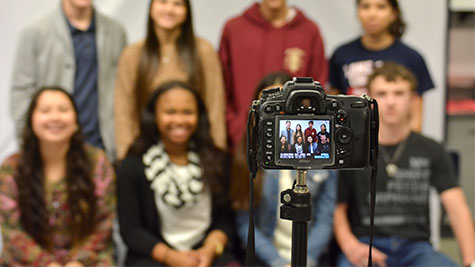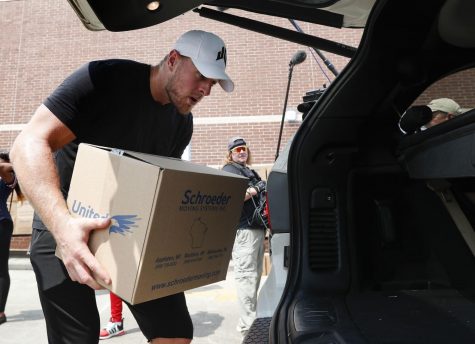Adversity of Diversity
Lack of diversity in media fails to reflect real world

ONly 20 [ercent of speakin groles in the top 100 grossing films of 2012 were represented by people of color.
Movie stars like Halle Berry and George Lopez have joined the glamorous world of James Dean and Audrey Hepburn, but actors of color are still struggling to establish their place in Hollywood. While diversity in the media has dramatically increased in the past decade, many movies and TV shows still feature stereotypical casting. Media has definitely come a long way, but it also has a long way to go before it can truly represent the full spectrum of ethnicities this country proudly has.
America is famously known as a “melting pot,” and it is important that the media reflect this reality. We started as a nation of immigrants, and from there we have evolved into a beautiful mosaic of ethnicities. Unfortunately, the media paints a very different picture, often ignoring the demographics of America.
Youth are surrounded by the media and deserve role models they can look up to. While the media has definitely made efforts to be inclusive of all types of people, roles made for actors of color sometimes come off as two-dimensional stereotypes, rather than actual people. This can reinforce negative perceptions, as well as have adverse effects on those who may look up to that character. Instead, creating characters that properly reflect individuality rather than stereotypes enables Americans to have a broader world view, and a more cognizant perception of the cultures around them.
The opposition states that there is enough representation in the media. However, in a study conducted by the University of Southern California shows otherwise. Of the top 100 grossing films of 2012, 80 percent of speaking roles were given to Caucasian actors. That means only 20 percent of speaking roles were represented by people of color, even though, according to the US Census, minority races make up 32 percent of the United States’ population.
The solution for this problem is simple. Cast more people of color, write more realistic roles rather than preconceived stereotypes, and reflect the actual American population. Even though diversity in the media is steadily increasing, there is still a lot of work to do. The media should represent the demographics of America and give children and teenagers positive role models to look up to.








